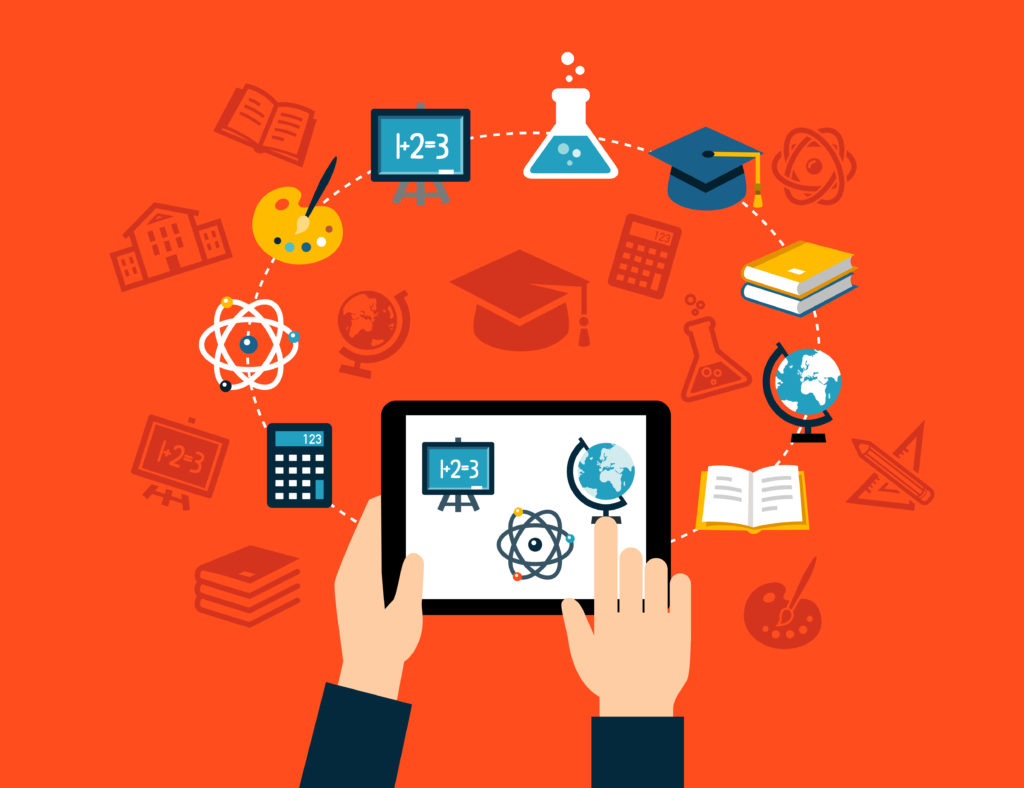When you set out to design any form of learner experience no matter the use or platform, you may be mostly interested in attaining your desired outcome without many problems. That’s because designing learning experiences for our education systems, whether for an online course or for teaching to take place in a classroom, have always been centered on the curriculum. But, research has shown that learner experience is about much more than content presentation. The full learner experience entails elements of learning that the curriculum itself fails to capture.
The following are key elements of learner experience design that you should prioritize to achieve your desired outcome:
Needs and Goals
To create a great learning experience for your learners you must capture the need and goals for the learning in your design. Quite often the learning goals of any organization are centered on acquiring knowledge, new skills, confidence and motivation for the learners to change their existing behavior. Before you start to design the learners’ experience you should first get to understand the need that the learning process is meant to meet. You should also focus on your learners and understand their needs for you to effectively design and create the right content for them.
The first step should be to analyze the needs of both the organization, for example a school system, and the potential learners which could be the kind of students a school attracts. This will help you fill in the gaps between the need of the two groups so that you can design a learning experience that is right for both. Focusing on the needs of only one of the two could result in problems for you as there could be an information mismatch in your presentation.
Learning Requirements
This is more related to the traditional curriculum used in schools. Here you focus on what is to be learned, how the learning will take place and other logistics involved in the learning. Once you know the needs and goals of the learning process, start thinking about the requirements to meet the goals. Learning requirements include the content to be presented, the methods and platform of presentation and other logistical requirements.
For example, if you were to create a university course for mid-level managers for a given industry then you should develop the content based on the need of the industry and present it in the form of an online course. You will have to determine the number of topics to cover, the number of lessons to have, the form of assessments and period the course will take. This is an important part of creating learner experiences as you have to balance everything out so that learners don’t feel overburdened by the course, while at the same time being actively engaged in the content.
Structure of your Design
This is closely related to learning requirements. Once you know the topics, time requirements and how much content and assessment you need for the learning, it is now time to structure the course or lesson. Structure involves how you arrange your topics so that they flow and enable constructive learning. In addition, you have to structure your content so that it flows smoothly from one unit or lesson to the next.
Usually, you will need to create an outline that will guide how you present your materials so that you can meet the needs of your learners. With each lesson, you should also include assignments and other assessment tools that will ensure smooth learning is maintained without lengthy disruptions.
Interaction Element
Education today is learner centered. What this means is that no constructive learning can take place without the input of the learner. Interaction covers all the learning activities, materials, and discussions that make learning experience great. You should thus concentrate on how learners will be introduced to the content, knowledge and skills, what practice they will have for the new skills and knowledge, and how the same will be reinforced.
Acquiring new skills and knowledge requires a more interactive approach as learners have to apply the new skills in both hypothetical and real-world situations during the learning process. Creating a perfect scenario for such applications is the key to success in learner experience design. In addition, you need to have a way to assess the acquisition of new skills and knowledge so as to tell if indeed learning took place.
Designing learning experiences should be treated carefully as it greatly impacts the learning process. Learners have needs and their needs should be meet. In addition, the design needs to capture all the other elements of learning that are not captured by the curriculum for the school system or a training manual for an organization. This means talking to the current stakeholders at all levels to ensure the solution doesn’t just sound good on paper, but will meet the real-world needs of both learners and the organization.

